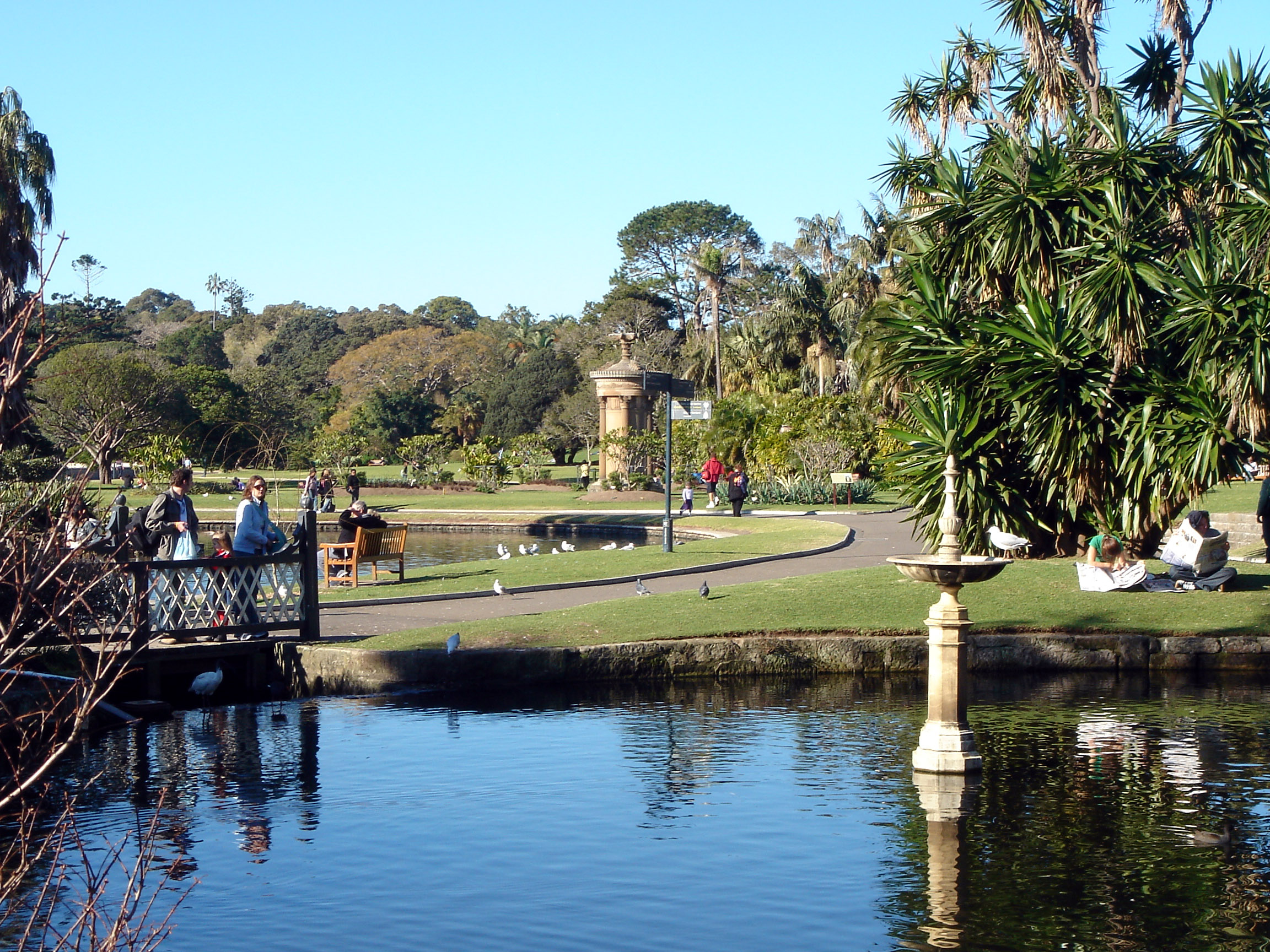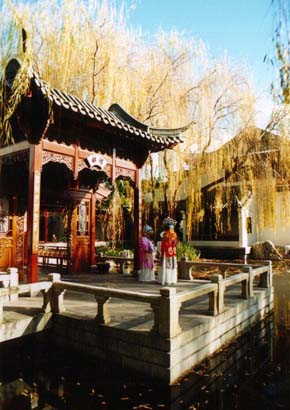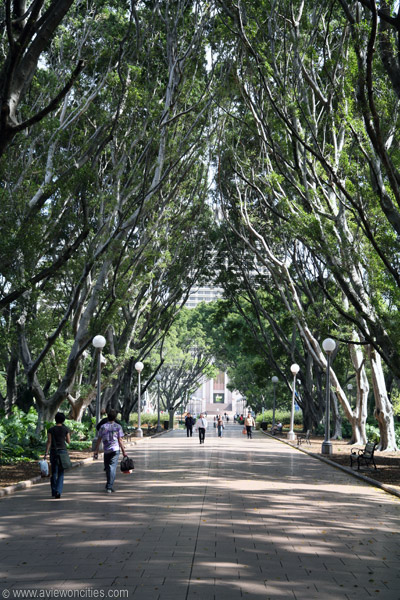



 [IMG
[IMG ]http://image.club.sohu.com/pic/6e/8d/af543da94b
]http://image.club.sohu.com/pic/6e/8d/af543da94b

 g[/IMG][IMG
g[/IMG][IMG ]http://image.club.sohu.com/pic/ef/db/b53a42d3c1cb028e21c125d78c5ddbef.jpg[/IMG] 06227e70f951f9136a8d6e.jpg[/IMG]
]http://image.club.sohu.com/pic/ef/db/b53a42d3c1cb028e21c125d78c5ddbef.jpg[/IMG] 06227e70f951f9136a8d6e.jpg[/IMG] 

 >
>




 [IMG
[IMG ]http://image.club.sohu.com/pic/6e/8d/af543da94b
]http://image.club.sohu.com/pic/6e/8d/af543da94b

 g[/IMG][IMG
g[/IMG][IMG ]http://image.club.sohu.com/pic/ef/db/b53a42d3c1cb028e21c125d78c5ddbef.jpg[/IMG] 06227e70f951f9136a8d6e.jpg[/IMG]
]http://image.club.sohu.com/pic/ef/db/b53a42d3c1cb028e21c125d78c5ddbef.jpg[/IMG] 06227e70f951f9136a8d6e.jpg[/IMG] 

 >
>
 >
>


| Concerning Dubai's planned transportation system: http://urbanrail.net/as/dub/dubai.htm "- The driverless trains consist of 5 car sets offering a separate first class compartment and section for women and children." What's up with this? Answer: Well there is no real correct answer, you can just guess, they wan't to attract people who are used to drive with their s-class and don't want to use the public transportation system if they have to sit next to a smelling construction worker. Children and women, well the same point as above, and there is no actual seperation between women and men, but some women might prefer it to have their own section. They are not forced to use this section , it is just an offer. Kinda the same thing, that women and children are the first to get a rescue boat if the ship sinks  , it is more or less a privilegue. I cannot proof my point, because there is just no official answer. More : http://skyscrapercity.com/showthread.php?t=97253 , it is more or less a privilegue. I cannot proof my point, because there is just no official answer. More : http://skyscrapercity.com/showthread.php?t=97253 |
| what are the rules on alcohol and weed? Answer : Weed is completely illegal, very stiff sentences. Alcohol is allowed only in hotels, which means all the nightclubs and bars here (with the exception of a few) are all tied to a hotel. You can buy alcohol from off-licenses but to do that you need an alcohol permit. Only non-Muslims are allowed alcohol permits. Alcohol is freely available at the airport duty free and in a little duty free shop on arrival into Dubai, many residents stock up there on their way back into the country. |
| average temperature of each month throughout the year. amount of rainfall of every month throughout the year. Answer: Average January temp: 24°C (75°F) Average July temp: 41°C (106°F) Annual rainfall: 300mm (11.8 inches) |
| is UAE like other Middle eastern countries racists against Americans? Answer: The UAE is one of the safest countries in the Middle East for Americans. The population of US nationals here is around 10,000 and there is no tension between them and the locals. If anything, people just disagree with US foreign policy, and not Americans themselves. |
| I want to know is Dubaians the correct names for the people that live in Dubai Answer: It varies. Most expats call them simply the 'locals' or the Emiratis. I don't really know anybody that calls them Dubaians, IMHO that name sounds a little strange to say and I don't think it is really used except in the media if at all. |
| how far apart are the current clusters of high rises (specifically SZR and Dubai Marina)? just look at the Major Projects pdf, or visit the UAE section, and you should get an impression : Download Map |


| Dongguan (China): Christmas is just around the corner and the malls in the US are jampacked with shoppers. However, it's a different story in China, which is home to some of the biggest malls in the world. Having attractions including FranceÂ's Arc de Triomphe to the statues outside the pyramids in Egypt, the South China Mall can also guarantee a gondola ride just like that in Italy. "You can never build things too big in China. We are now one of the world's man-made miracles,Â" vice president, South China Mall, King Chen says. It is not quite like the Great Wall of China but the Â'great mallÂ' is larger than six football fields and three times the size of the Mall of America, the mother of all malls. Mega retail centres including the South China Mall are cropping up all over China with seven of the ten largest expected to be here by 2010, as economy has boomed. "The Chinese people are getting richer, buying more and living better lives. We want to give them a place to go,Â" says Chen. However, in spite of having amusement parks, children shows and replicas of seven cities like Venice and Hollywood, what are missing are the stores in the mall. The mall had been open for a little less than a year and the managers had hoped to fill this mall with hundreds of shops but it is nearly empty now. Unlike the US, where mall operators sign on retailers before they construct a mall, the company here built the mall first and is still waiting for retailers to show. "Many of the malls that are being developed are simply too large and essentially supply of space is getting ahead of demand for space so many of these malls simply fail to address the real demand that is present in China today,Â" says real estate developer, Morgan Parker. However, the operator is not afraid of potentially choppy waters. "We have built it so the retailers will come,Â" Chen says. And after all, the mall is in China where the economy is exploding and nearly everyone believes the future is bright. |
 the reporter was walking all over showing the empty stores
the reporter was walking all over showing the empty stores

 >
>
| Billboard ban in São Paulo angers advertisers By Larry Rohter Tuesday, December 12, 2006 SÃO PAULO Imagine a modern metropolis with no outdoor advertising: no billboards, no flashing neon signs, no electronic panels with messages crawling along the bottom. Come the new year, this city of 11 million, overwhelmed by what the authorities call visual pollution, plans to press the "delete all" button and offer its residents unimpeded views of their surroundings. But in proposing to transform the landscape, officials have unleashed debate and brought into conflict sharply differing concepts of what this city, South America's largest and most prosperous, should be. City planners, architects and environmental advocates have argued enthusiastically that the prohibition, through a new "clean city" law, brings São Paulo a welcome step closer to an imagined urban ideal. The law is "a rare victory of the public interest over private, of order over disorder, aesthetics over ugliness, of cleanliness over trash," Roberto Pompeu de Toledo, a columnist and author of a history of São Paulo, wrote in the weekly newsmagazine Veja. "For once in life, all that is accustomed to coming out on top in Brazil has lost." But advertising and business groups regard the legislation as injurious to society and an affront to their professions. They say that free expression will be inhibited, jobs will be lost and consumers will have less information on which to base purchasing decisions. They also argue that streets will be less safe at night with the loss of lighting from outdoor advertising. "This is a radical law that damages the rules of a market economy and respect for the rule of law," said Marcel Solimeo, chief economist of the Commercial Association of São Paulo, which has 32,000 members. "We live in a consumer society and the essence of capitalism is the availability of information about products." The statute's most visible impact promises to be at eye level and above. The outsized billboards and screens that dominate the skyline, promoting everything from automobiles, jeans and cellphones to banks and sex shops, will have to come down. All other forms of publicity in public spaces, like distribution of fliers, will also stop. The law also regulates the dimensions of store signs, and will force many well-known companies to reduce them substantially by a formula based on the size of their facades. Another provision, much criticized by owners of transportation companies, outlaws advertising of any kind on the sides of the city's thousands of buses and taxis. The law, as passed, also applied to advertising banners trailed by airplanes and ads on blimps. But in the first of what promises to be a long series of legal challenges, a court ruled the clause unconstitutional on the grounds that the federal government, not the city, controls airspace. "What we are aiming for is a complete change of culture," said Roberto Tripoli, president of the City Council and one of the main sponsors of the legislation. "Yes, some people are going to have to pay a price. But things were out of hand and the population has made it clear it wants this." The law, approved by a vote of 45 to 1 in September, goes into effect on Jan. 1. Opponents complain that the date does not allow enough time for merchants to comply, that fines of up to $4,500 for violations are extreme and that the result will inevitably be a diminishing of urban life — "like New York without Times Square or Tokyo without the Ginza," Solimeo said. "I think this city is going to become a sadder, duller place," said Dalton Silvano, who cast the sole dissenting vote and is in the advertising business. "Advertising is both an art form and, when you're in your car or alone on foot, a form of entertainment that helps relieve solitude and boredom." This is not the city's first effort to regulate outdoor advertising. A few years ago it was prohibited in the historic downtown area. But there have been complaints about inspectors taking bribes and advertisers simply flouting the law. "All our efforts to negotiate have had no effect because none of the accords and agreements we reached with the advertising sector were ever complied with," Mayor Gilberto Kassab said in an interview. "A billboard that was forced to come down would be back up a week later in a different spot. There was a climate of impunity." Since "it is hard in a city of 11 million to find enough equipment and personnel to determine what was and wasn't legal, we decided to go all the way, to zero things out," Kassab said. "When you prohibit everything, society itself becomes your partner in enforcing the law" and reporting violations. Popular reaction has largely been supportive. "I'm in favor of anything that improves the way this city looks, and this law will definitely make things better," said Fernando Gil, 25, a student interviewed on Avenida Paulista, the main street in the heart of the financial district. "All that neon and bright lights, it just doesn't fit here." Advertising companies generally acknowledge that abuses of public space have occurred and that a majority of the city's estimated 13,000 outdoor billboards have been installed illegally. But they also complain that they are being made scapegoats, and that the real problem lies elsewhere. "It is not politically correct to talk about the million-plus posters and signs that small businesses and mechanics' shops have up all over the place, because they are poor," said Francesc Petit, a prominent advertising executive who has spoken out against the law. "It's easier to attack McDonald's and Coca-Cola and the banks, because that doesn't offend anybody." Kassab said that once the situation is under control he hopes to allow limited, strictly regulated advertising at bus stops, newsstands, outdoor street clocks and public bathrooms. But some residents who support the new legislation hope that day never comes, even if it were to profit the city's coffers. |















 >
>
| A major new city rises in Brazil From pastureland the government has built Palmas into a shiny state capital with soaring buildings. Now, it just needs people to move in. By Marla Dickerson, Times Staff Writer December 30, 2006 PALMAS, BRAZIL — This planned city boasts stately boulevards, universities, a gleaming airport and beaches — no small feat for a place deep in Brazil's interior. Never mind that only 208,000 people currently reside in a space designed to accommodate 3 million residents, giving Palmas the feel of an empty movie set. Seventeen years ago, Palmas was little more than a blueprint and scrubby pastureland. It has sprung from the red dust to become this nation's fastest-growing state capital. And it's a testament to the aspirations of Brazil's sprawling rural center and north, whose development has long lagged behind that of the bustling southeast. "Palmas is the new frontier," said Mayor Raul Filho, whose city was founded in 1989 as the capital of Brazil's newest state, Tocantins. This region "is the future of Brazil." Although most of Brazil's 188 million residents still live within a few hundred miles of the Atlantic Ocean, the nation's vast interior is experiencing a surge of growth and investment. The opening of Brazil's so-called cerrado, an immense expanse of tropical savanna in the center of the country, began in earnest in the 1950s with the construction of Brasilia, about 400 miles south of Palmas. The meticulously planned federal district was an effort to spur development in the interior and shift population growth away from the southeastern megalopolises of Rio de Janeiro and Sao Paulo. Advances in soil and plant science are driving new development. Nearly 100 million acres of poor-quality cerrado soil have been converted into arable farm ground, most of that in the last 25 years. Cheap, abundant land has turned central Brazil into a hothouse of soybean, cotton and sugar cane production, boosting demand for infrastructure and services to support a crucial export industry. For Jarbas Meurer, who arrived in 1991 at age 14, Palmas was the chance to live the Brazilian dream. His father was running a struggling drugstore in the neighboring state of Mato Grosso when the family saw a report about Palmas on a television news program. What better place to start a new life than in a city that was literally being built from the ground up. Early settlers like Meurer lived like pioneers without electricity, running water or other basic services. He remembers camping in a makeshift shelter and bathing in a nearby river, a rare respite from the choking dust kicked up by earthmovers scraping roads and home sites from the virgin savanna. Today he runs a building supply company, selling construction materials to fortune seekers who arrive almost daily. Although Palmas isn't expanding at the breakneck pace of the early days, its population swelled 50% between 2000 and 2005. The 29-year-old Meurer said that business was good and that he had put down roots. "It is a chance to grow with the city," Meurer said. "There is opportunity here." Political tension sowed the seeds for the creation of Tocantins, which encompasses what was previously the northern half of the state of Goaias. Brazil is roughly the size of the continental United States, but it has only 26 states. Some of them are so large that they dwarf neighboring countries. The vast distances have created intrastate rivalries among far-flung residents about where public resources should be spent. "Politicians used to come up this way only in election years," said Palmas businessman Emilson Vierira Santos, whose company manufactures iron sheets and bars for the construction trade. "The rest of the time we were forgotten." The northern separatist movement led to the creation of Tocantins in 1988. Helped by billions of dollars in federal aid and inspired by the legacy of Brazil's best-known master-planned city, legislators approved a new capital smack in the center of the new state. The gold-domed capitol looks like the palace of a Middle Eastern potentate. "We are like a small Brasilia," Mayor Filho said. Indeed, with its grandiose scale and soaring modernist buildings, Palmas evokes the same sense of audacity, ambition and will to power. The Palacio Araguaia, Palmas' main government building, anchors one of the largest public squares in Latin America but is virtually devoid of people. Residents on bicycles pedal unmolested down six-lane thoroughfares suitable for Los Angeles traffic. Whether Palmas grows as large as its founders' vision for it remains to be seen. Maintaining a big-city infrastructure is proving costly. Unregulated squatter settlements have emerged on the outskirts of the city, thwarting plans for orderly expansion. Perhaps the biggest challenge is creating jobs in a poor, rural and still largely isolated region. Officials are betting heavily on agriculture. Long home to gigantic cattle herds and pineapple plantations, Tocantins is attracting cotton and soybean farmers lured by cheap land and a sunny climate that enables them to plant two or three crops a year. Officials are promoting the production of biodiesel, a renewable fuel made from a variety of crops, including soybeans, castor beans and palm oil. To help get those farm products to market quickly and at lower cost, the Brazilian government is planning a railway to run the length of Tocantins as well as projects to open its rivers to more freight traffic. A series of hydroelectric plants has already made the state a net exporter of electricity. And it has given Palmas a new tourist attraction. A dam on the Tocantins River created a massive reservoir in 2001 that has turned the sweltering city into an inland resort with miles of beaches — albeit one where swimmers need to be wary of piranhas. Some environmentalists are appalled at government efforts to push large-scale development along the southern fringes of the Amazon. Brazil has a long track record of projects intended to foment growth in its interior that have damaged the environment with little benefit for residents. Development could further marginalize the region's indigenous tribes, who have already lost much of their traditional lands. But for entrepreneurs such as Cleide Honorato, who owns a car rental agency and a four-bedroom house with a swimming pool, growth and prosperity have converged in Palmas. "Newcomers are good for my business," she said. "I wish there were more of them." |
 >
>





























 >
>
Powered by Blogger. DownRight Blogger Theme v1.4 created by (© 2007) Thur Broeders